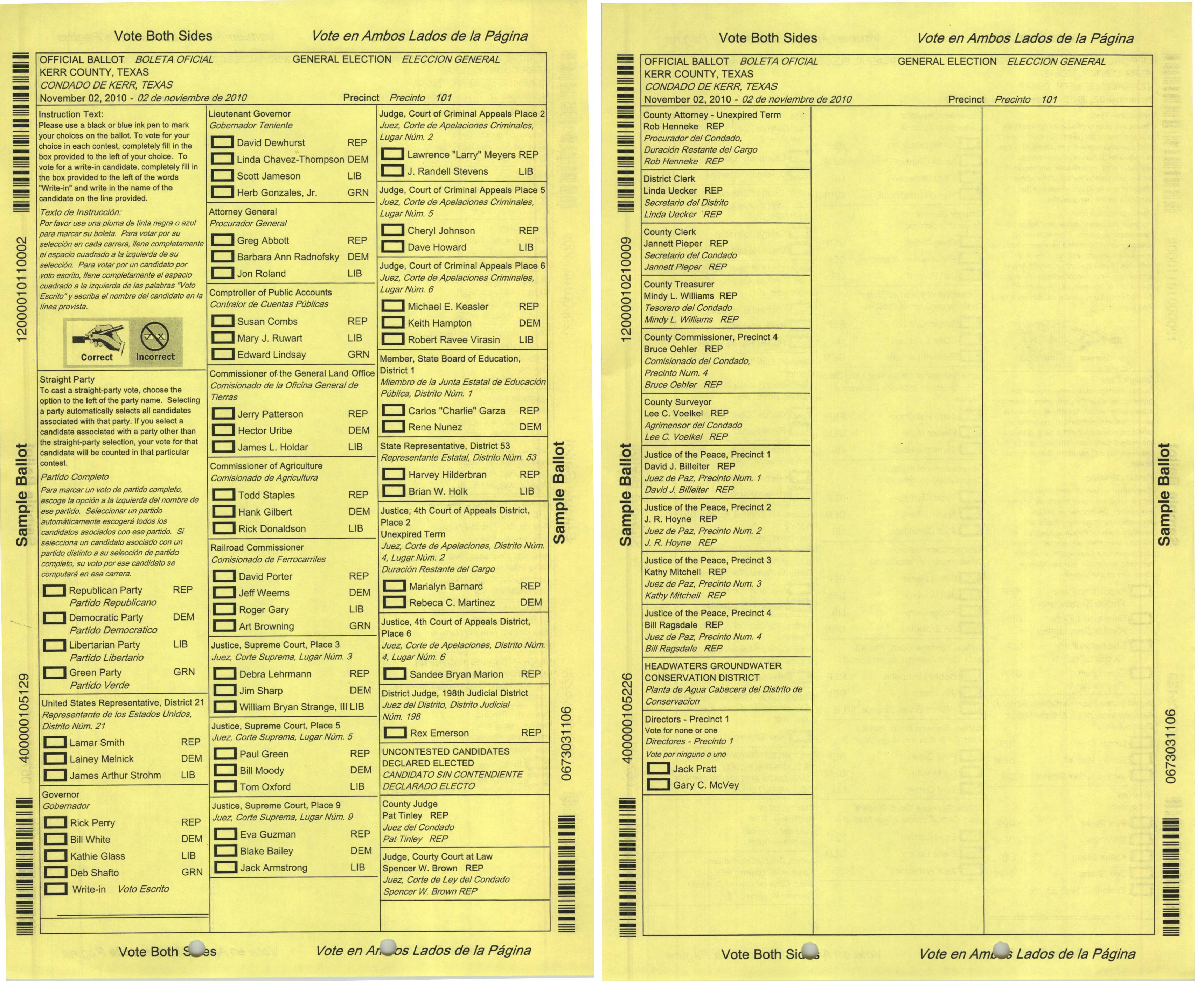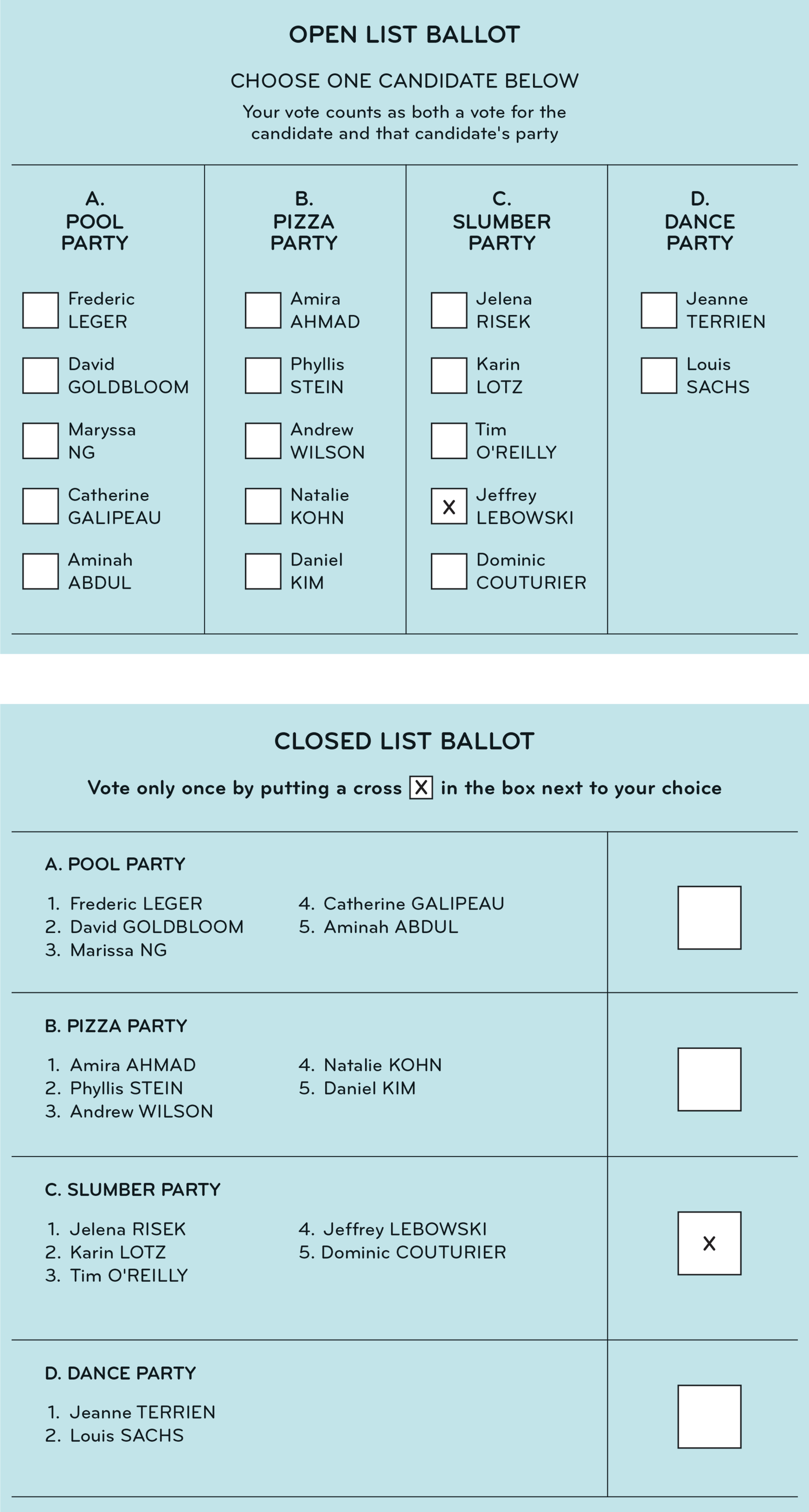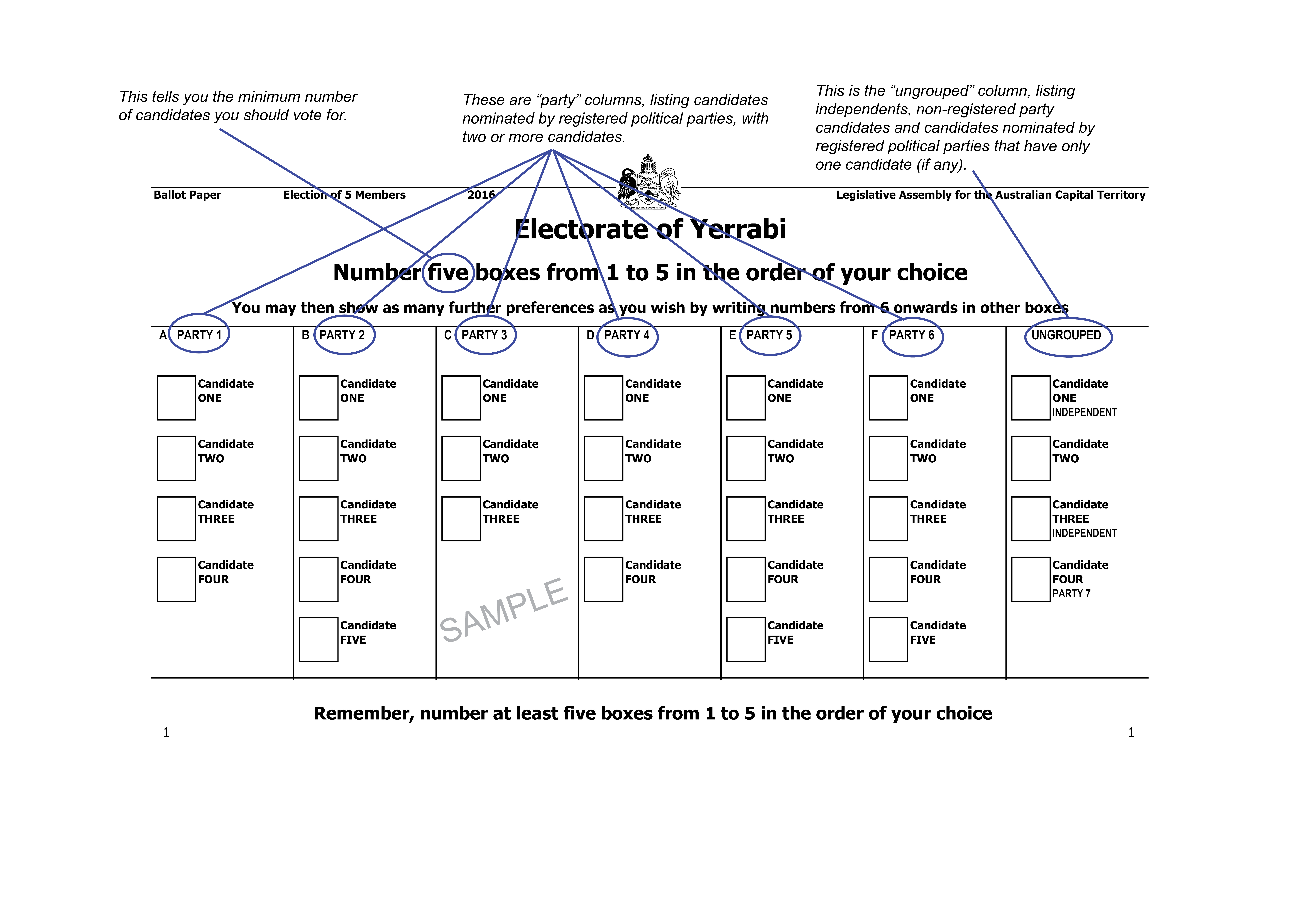2.10 Voting method (3)
Electoral system used in democratic elections comprises three essential elements, namely:
- electoral formula (or voting method), i.e. the method that is used for the translation of vote totals into representative seats in the parliament;
Electoral formula is the most important element of a voting system and usually the name of the electoral system is derived from the name of electoral formula.
- electoral district magnitude, i.e. the total number of seats given to each district or constituency; It is a territorial subdivision (area) for electing members to e.g. a legislative body - votes are counted and transformed into seats at the electoral district level. Each electoral district is assigned a specific number of seats according to its population (or voting-age population). There are multi-member districts (MMD) or single-member districts (SMD);
Electoral district (constituency) does not have to correspond with a voting precinct. A voting precinct is the smallest unit into which electoral districts are divided. Each voting precinct has a specific polling station where its residents go to vote; however, more than one precinct may use the same polling station.
- ballot type, i.e. how voters (constituents) cast their votes?, what does a ballot paper look like?
- [an optional element] formal (legal) threshold of representation (not to be confused with the so-called natural threshold).
2.10.1 Ballot types
In general, we can distinguish two types of ballots - categorical (voters are allowed to choose only one candidate or party) and preferential (voters can rank each candidate in order of preference).
In some voting systems voters are eligible to use both categorical and preferential vote, e.g. voters choose between parties (categorical) and then rank candidates on the chosen party list.

Figure: A state (USA, Texas) ballot paper

Figure: A ballot paper used in STV

Figure: A ballot papers used in OLPR and Closed-list PR

Figure: A ballot papers used in Australian election

Figure: How to vote (Labor party, Australia)
2.10.1.1 Ballot paper in Swiss elections - panachage and cumulative voting
Figure: Voting in Swiss elections